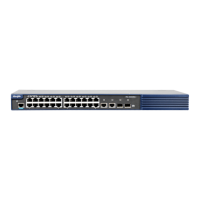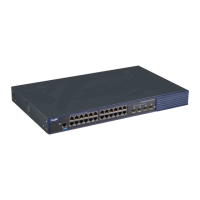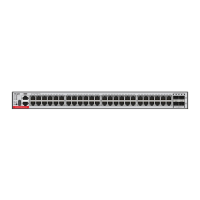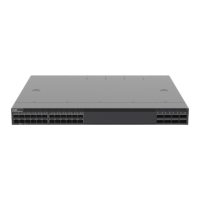(Optional) Type of the default route. There are two type of OSPF
external routes: type 1, different metrics seen on different routers;
type 2, the same metric seen on different routers.
When the redistribute or default-information command is executed, the OSPFv3-enabled router
automatically turns into the autonomous system border router ( ASBR ). But the ASBR cannot
generate the default route automatically or advertise it to all the routers in the OSPFv3 routing
domain. The ASBR generates default routes by default. It is required to configure with the routing
process configuration command default-information originate.
If the always parameter is used, the OSPF routing process advertises an external default route to the
neighbors, no matter whether the default route in the core routing table exists or not. However, the
local router does not display the default route. To make sure whether the default route is generated,
execute show ipv6 ospf database to observe the OSPF link state database. The execution of the
show ipv6 route command on the OSPF neighbor will display the default route.
The metric of the external default route can be defined only with the default-information originate
command and cannot be set with the default-metric command.
There are two types of OSPFv3 external routes: type 1 external routes have changeable routing
metrics, while type 2 external routes have constant routing metrics. For two parallel routes with the
same route metric to the same destination network, type 1 takes precedence over type 2. As a result,
the show ipv6 route command displays only the type 1 route.
This command generates a default route of Type-5 LSA, which will not be flooded to the NSSA area.
To generate a default route in the NSSA area, use the area nssa default-information-originate
command.
The routers in the stub area cannot generate external default routes.
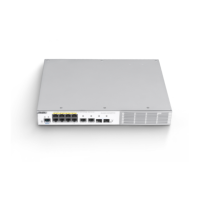
